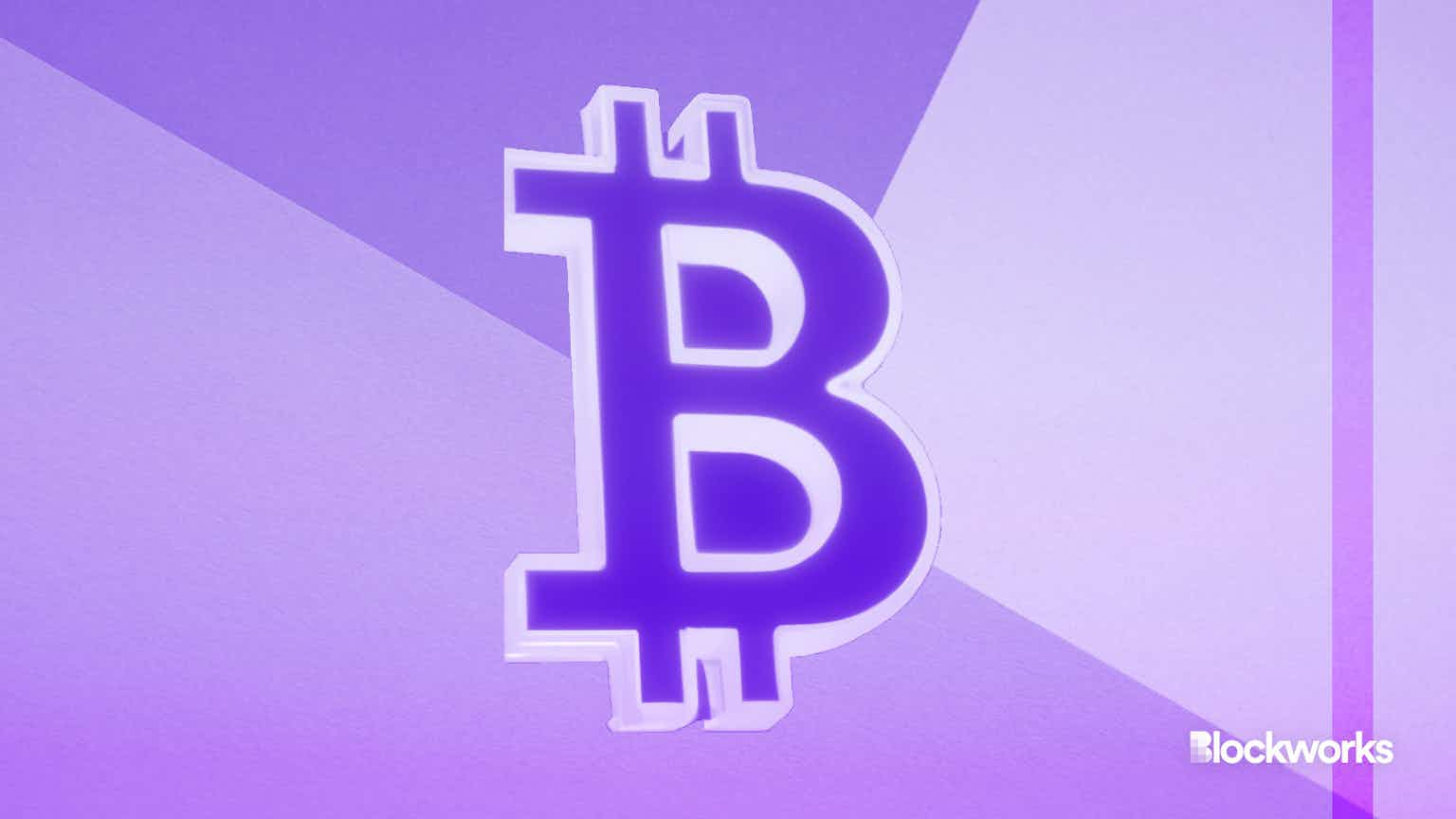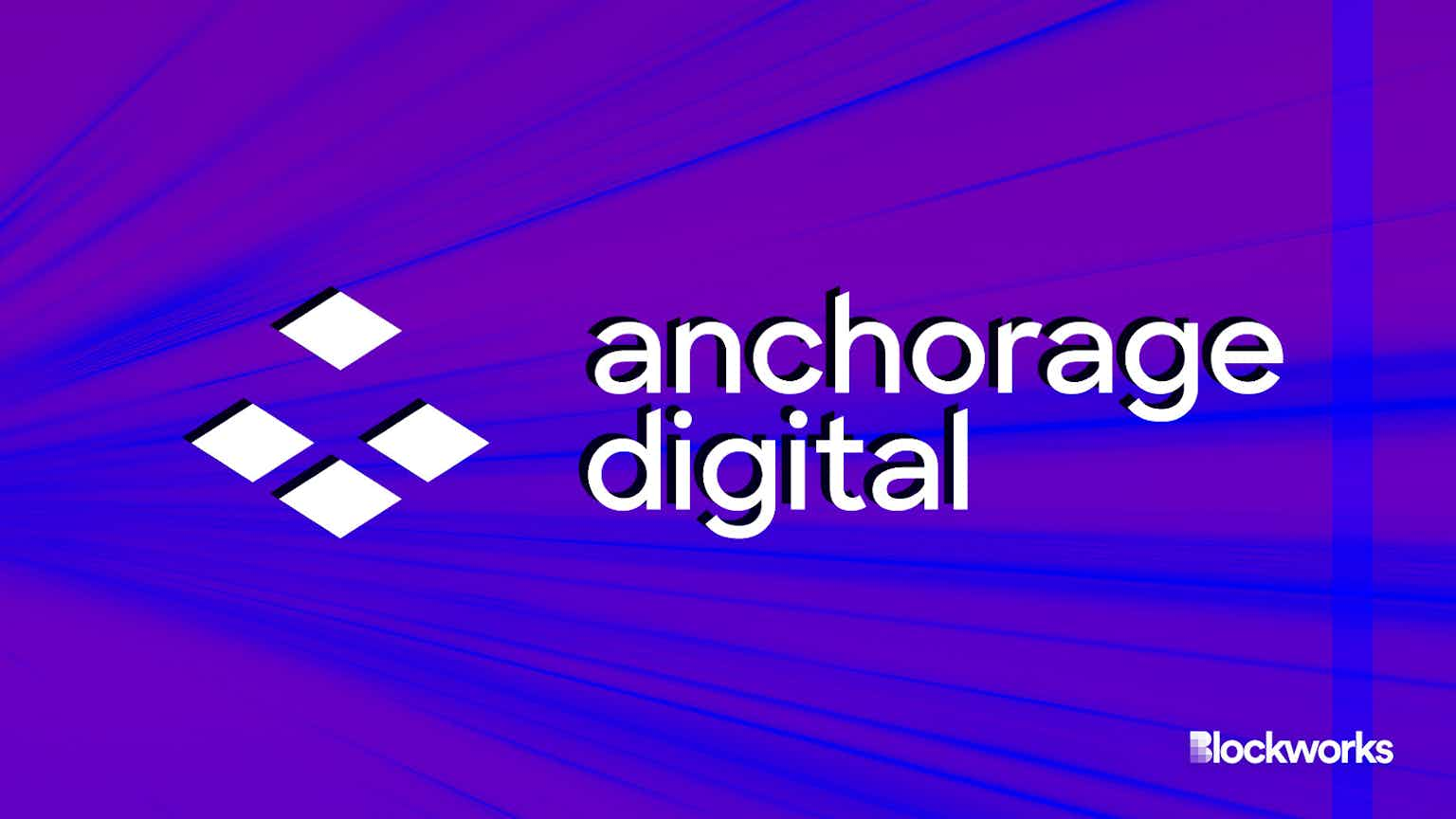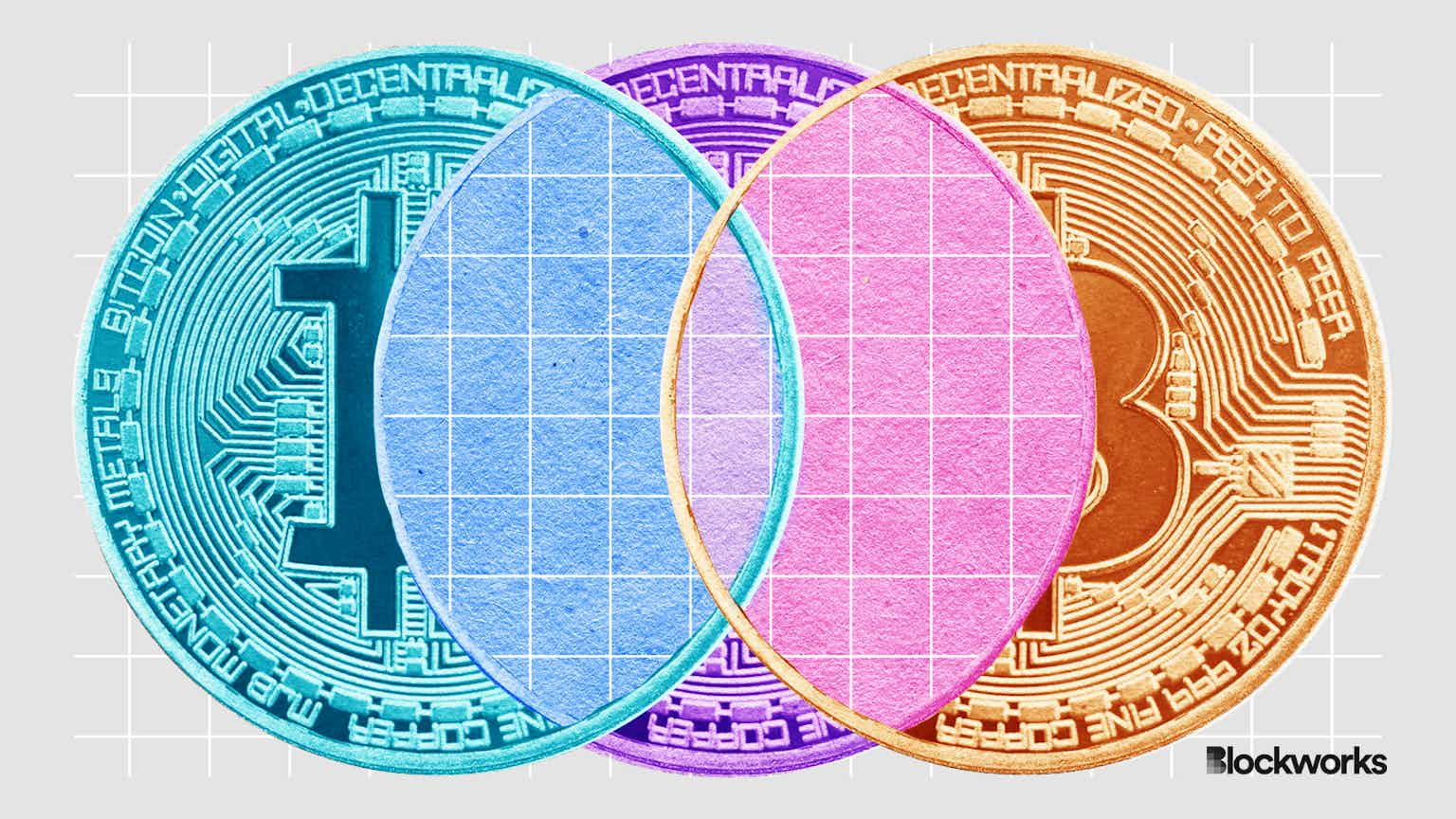Is Ether Deflationary Now? It Depends!
What to watch when gauging the veracity of the “ultrasound money” thesis

Source: DALL·E
key takeaways
- Ether is currently deflationary when gas costs 15 gwei or greater
- The rate of issuance depends on the number of ETH staking validators
The major consequence of the Merge was its drastic reduction in Ethereum’s energy requirements. It does not affect transaction fees — gas costs — nor does it directly improve scalability, though it is a prerequisite for future upgrades that will do so.
But there is one major impact yet to be determined: the net ether inflation rate.
Before the Merge, issuance of ether rewards for proof-of-work mining amounted to about 13,000 ether (ETH) per day, according to the Ethereum Foundation. You can think of this as Ethereum’s security budget.
Because miners have expenses — computer hardware, physical space and energy — they are generally forced to sell a substantial fraction of their earned ETH to pay the bills.
But in a proof-of-stake regime, multiple validators can run on much smaller and more energy-efficient hardware. Staking rewards are currently about 1,600 ETH per day, which serves the same role in maintaining consensus and security as before, but at a roughly 90% drop in issuance. That’s what the meme of the “triple halvening” is all about.
Watching the burn
So, absent miners, ether supply drops — a lot. But what about demand? The obvious source is the need for ether to pay transaction fees to use Ethereum dapps.
Network usage has fallen substantially since the heady days of the 2021 bull market, when it was common to pay 100 gwei or more to get a transaction confirmed. In recent weeks, Ethereum users would seldom find gas fees over 20 gwei — and often in the single digits.
That’s partly due to increasing network activity on layer-2 protocols — where a variety of rollups run dapps at a fraction of the cost to users — and partly a consequence of the current bear market.
Ever since August 2021, a portion of ether transaction fees are burned — taken permanently out of circulation. About 2.63 million ETH ($3.73 billion) have been burned since then, as tracked by ultrasound.money.
There, you can also simulate the parameters that determine whether ether is net inflationary or deflationary. Since the Merge, the ETH supply has increased by about 400 ETH ($568,000). But that’s just 2.2% of the increase we would expect if proof-of-work were still around.
The rate of issuance depends on the number of validators operating and earning staking rewards. There are 428,000 active, according to beaconcha.in. At the current stake rate, Ethereum becomes deflationary at a base fee rate of 15 gwei.
No one knows whether demand will outstrip supply over the long term, but the probability of that happening post-Merge has certainly gone up.
Start your day with top crypto insights from David Canellis and Katherine Ross. Subscribe to the Empire newsletter.





